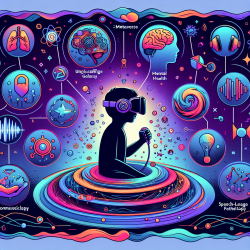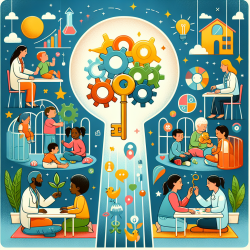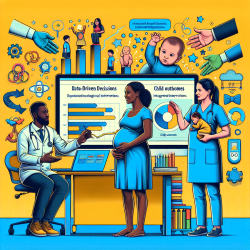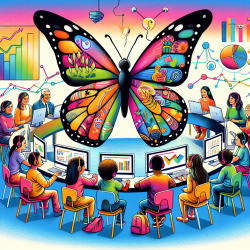Introduction
In the realm of scientific research, the quest for more ethical and efficient models is ever-evolving. The recent study titled A Humanized Mouse Model Generated Using Surplus Neonatal Tissue introduces a groundbreaking approach that could significantly impact various fields, including speech-language pathology. This study presents the NeoThy model, a humanized mouse model created using neonatal tissue, offering a promising alternative to traditional fetal tissue models.
The NeoThy Model: A Game Changer
The NeoThy model utilizes non-fetal human tissue sources, specifically neonatal thymus and umbilical cord blood hematopoietic stem cells (HSCs), to create a human immune system within immunocompromised mice. This method addresses the ethical concerns associated with fetal tissue use and offers a more abundant and developmentally mature tissue source.
Key findings from the study include:
- Neonatal tissue is a viable alternative to fetal tissue for mouse humanization.
- Over 1,000 NeoThy mice can be generated from a single neonatal thymus donor.
- The NeoThy model supports robust pre-clinical immunogenicity studies of induced pluripotent stem cell (iPSC) therapies.
Implications for Practitioners
For practitioners in the field of speech-language pathology, the implications of this research are profound. The NeoThy model's ability to facilitate robust and reproducible iPSC immunogenicity experiments opens new avenues for research into developmental disorders and therapeutic interventions. By leveraging this model, researchers can gain insights into the immune responses to various therapies, potentially leading to more effective treatments for children with speech and language disorders.
Moreover, the NeoThy model's ethical advantages align with the increasing demand for responsible research practices. By reducing reliance on fetal tissue, this model supports the development of therapies that are not only effective but also ethically sound.
Encouraging Further Research
While the NeoThy model presents significant advancements, it also highlights the need for further research. Practitioners are encouraged to explore the potential applications of this model in their respective fields. By conducting additional studies, researchers can refine the model and expand its utility, ultimately contributing to improved outcomes for children.
Areas for further exploration include:
- Investigating the NeoThy model's application in studying developmental disorders.
- Exploring its use in testing new speech and language therapies.
- Assessing the long-term effects of iPSC-derived therapies on child development.
Conclusion
The NeoThy model represents a significant leap forward in humanized mouse model research. By utilizing neonatal tissue, it offers a more ethical and efficient alternative to traditional models, with far-reaching implications for various fields, including speech-language pathology. Practitioners are encouraged to delve deeper into this research, leveraging its findings to enhance their understanding and improve therapeutic outcomes for children.
To read the original research paper, please follow this link: A Humanized Mouse Model Generated Using Surplus Neonatal Tissue.










